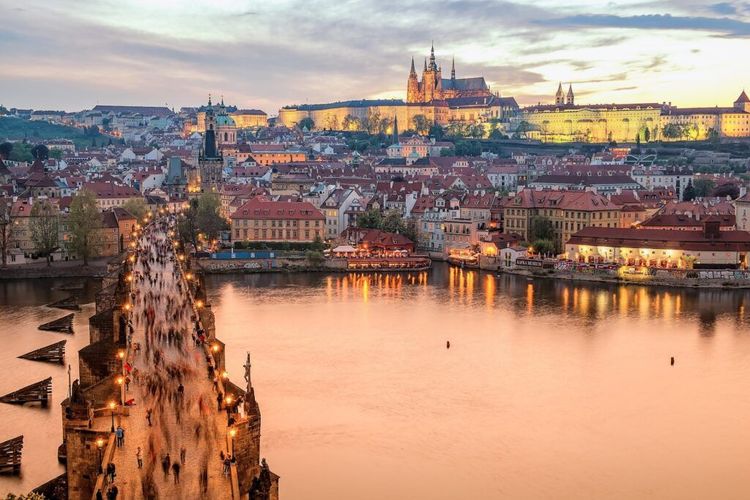Prague Water’s roadmap to carbon neutrality by 2035
In 2019, the city of Prague set out a plan for becoming a carbon-neutral metropolis. Following the example of other leading European cities, Prague adopted a ground-breaking city council decision with a goal of reducing CO2 emissions in the entire municipal area by 45% before 2030.
